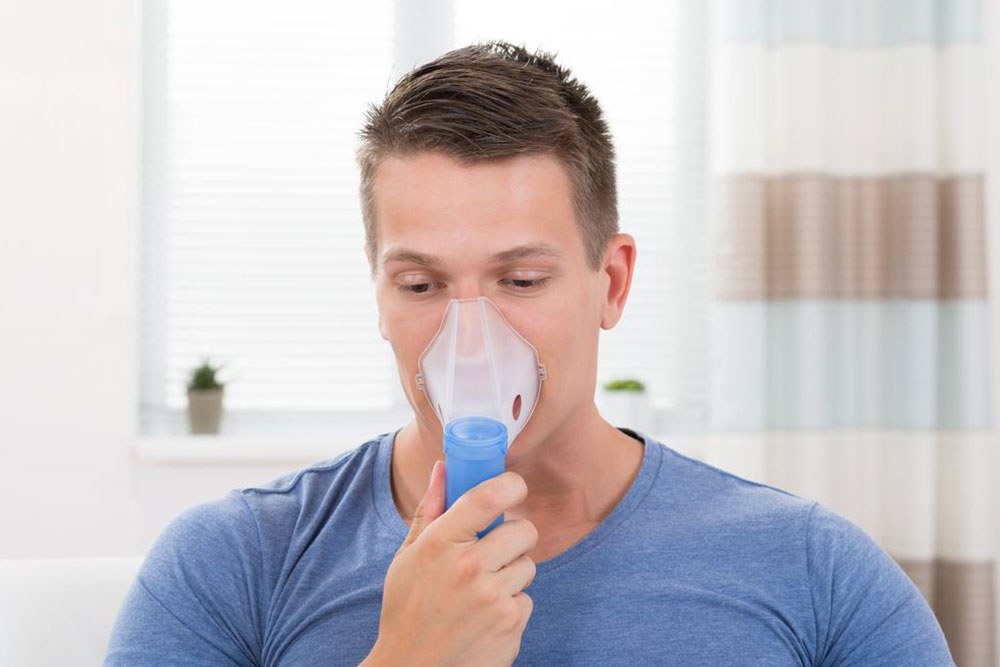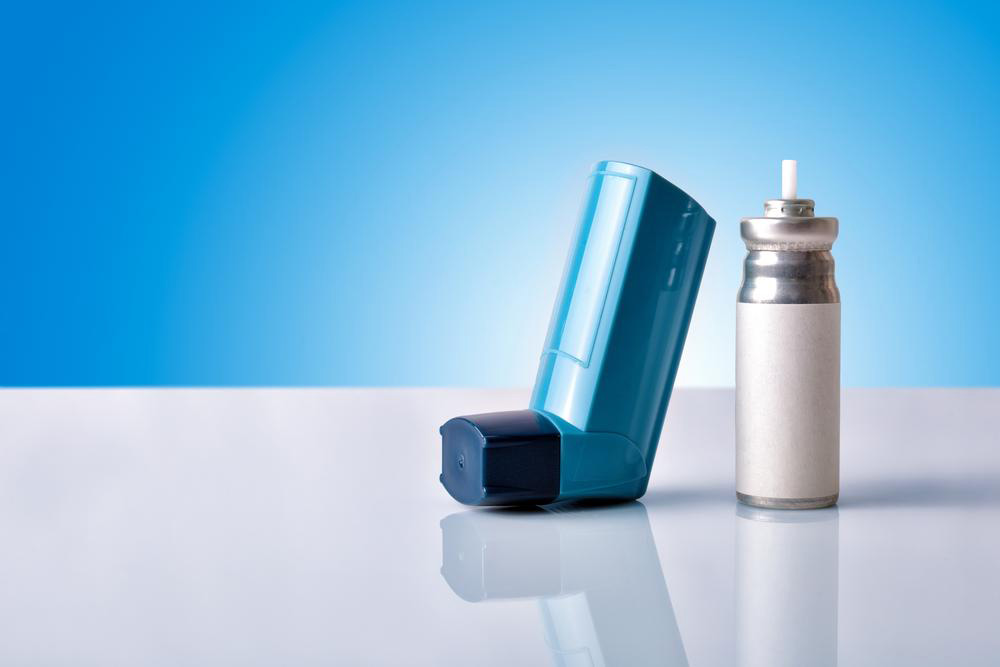Innovative Approaches to Managing Asthma
This article explores the latest advances in asthma management, including new treatment options, inhaler technology, and minimally invasive procedures like bronchial thermoplasty. It emphasizes the importance of proper medication use, monitoring, and innovative therapies to improve patient outcomes and reduce reliance on emergency medications. Understanding these developments can help individuals better control their asthma and enhance their quality of life.

Innovative Approaches to Managing Asthma
Asthma is a chronic respiratory condition characterized by intermittent episodes of airway constriction. Fast-acting medications, known as rescue drugs, are critical during flare-ups. These include rapid-onset bronchodilators called short-acting beta-agonists.
Effective asthma management often involves medications initially used for emphysema but effective for severe symptoms such as chest tightness, wheezing, and coughing. Short-term oral or intravenous treatments are used during attacks but have side effects if used long-term. When long-term medications are effective, emergency inhalers are needed less frequently.
Monitoring inhaler usage is essential; keeping track of doses and informing your healthcare provider helps optimize treatment. In allergic asthma, desensitizing injections administered every two to four weeks can reduce immune hypersensitivity. Additionally, bronchial thermoplasty offers a minimally invasive procedure that heats airway tissues to limit muscle contraction, alleviating symptoms. Although not widely available for all patients, this method can provide significant relief by preventing airway narrowing during attacks.
Advances in inhaler technology have revolutionized asthma treatment. The original Standard Metered Dose Inhaler (sMDI) used a pressurized gas to deliver medication, requiring patient coordination. Modern inhalers feature valved spacer devices that synchronize medication release with inhalation, making it easier to use. Nebulizers are also employed for delivering liquid medication as mist, particularly beneficial for patients with weakened breathing or requiring larger doses. Inhaler-spacer combinations are becoming increasingly popular for their ease and efficiency.
Notice:
Our blog provides valuable information across various health topics based on thorough research. However, it should not replace professional medical advice. We are not responsible for potential discrepancies or updates in medical data. Readers are encouraged to consult healthcare professionals for personalized advice and remain aware of additional schemes or offers beyond this content.










